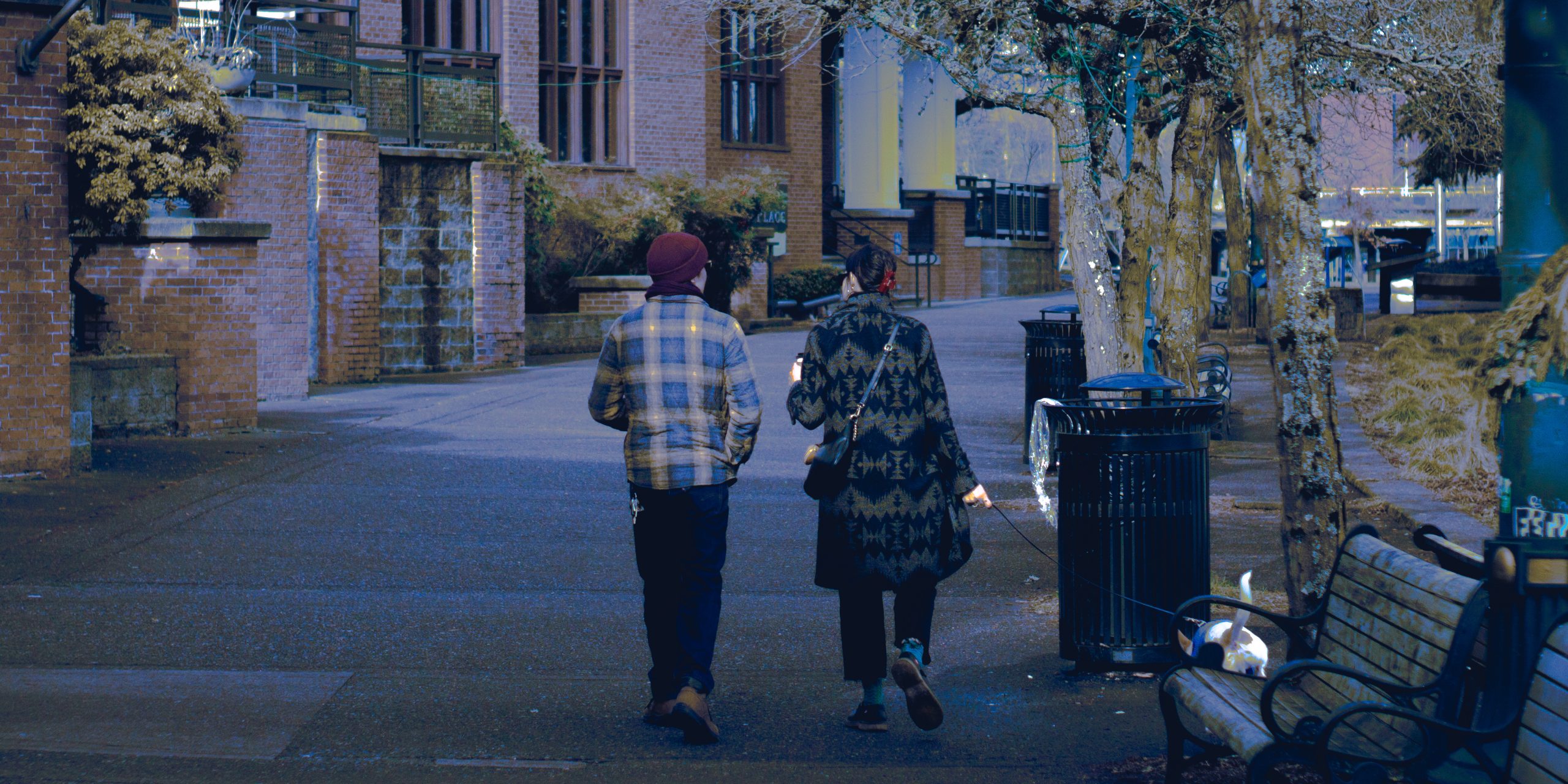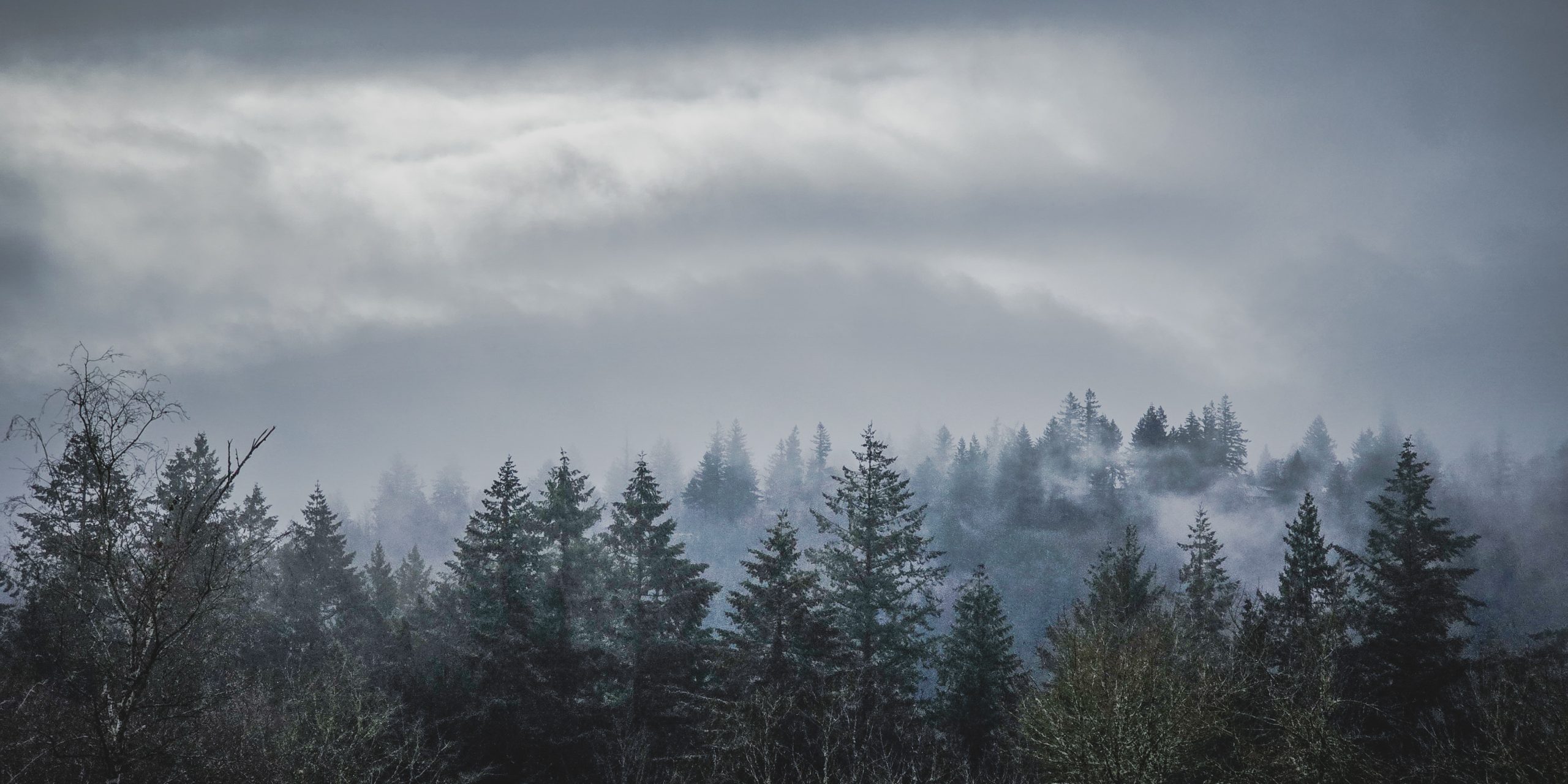In January of 2024, much of the West Coast faced an intense winter storm that blanketed the City of Portland in snow and ice. According to an article by Noelle Crombie with OregonLive, the freeze covered the city in around 1-3 inches of snow, plunging temperatures below freezing for about a week and bringing the city to a halt as roads and sidewalks iced over.
I was a naive Californian who had only lived in the city for a few months before the storm. I was almost completely caught off guard by the temperature plunge and near immobility brought to the city. I had never seen snow before in any mass quantity and now the whole city was a winter wonderland. It was awe-inspiring and terrifying as the unrelenting temperatures caused me to shiver through a parka and multiple other layers.
And that was for me—someone with the requisite clothing as well as a safe place to go and warm up. The lesser talked about portion of this saga is the multiple deaths that occurred because of the storm. That same OregonLive article notes a woman who died after the intense winds blew down a tree that crashed into her RV. She and four others were attempting to use a camp stove to keep themselves warm.
A second article by Kristi Turnquist with OregonLive breaks down some statistics related to the storm, including a more detailed section on deaths attributed to the weather.
“Multnomah County has reported that since the storm began on Jan. 13, four people have died in cases suspected to be hypothermia. In Washington County, authorities are investigating whether hypothermia was the cause of the death of a woman in Tigard.”
The article also notes deaths caused by power lines downed in the storm, as well as trees that fell onto homes. NPR put the final total of deaths at 11 and noted that at the peak 125,000 people lost power. Bursting water pipes was also a common problem. According to an email sent out by University Housing and Residence Life on Jan. 17, 2024, Residents of Ondine Hall fell victim to water shut-offs after some of the building’s pipes burst during the storm.
The question arises, how did this happen? The Pacific Northwest is not a stranger to intense winter weather or storms, and Portland is no stranger to freezing temperatures. It’s a question that’s been tugging at my mind since last January, so I’d like to find out what specific systems broke down, and whether or not the City has fixed those problems.
The two main problems that the winter storm brought were iced roads and downed power lines. Downed power lines led to power outages which caused people to freeze without a way to power their heaters. A few people were directly harmed by downed lines. In Northeast Portland, three people were electrocuted to death after a power line fell on their car.
Many of the lines were dragged down by fallen trees or were blown down by the strong winds. Other forces on their own can cause power lines to fall. According to an explanation published by the Electrical Safety Foundation International, snowfall and ice on lines can also bring power lines down.

However, the more obvious problem to the majority of people is the iced roads. The city was brought to a screeching halt by this, as both driving and foot traffic were made practically impossible even in the city center. According to the PSU Alerts system, PSU Campus shut down for numerous days due to “Inclement Weather.”
Most cities use road salt to prevent ice from forming on roads and to keep drivers safe. It’s cheap and widely effective, but also increasingly controversial. Road salt is considered an environmental hazard for its harmful effects on plant life and for the fact that as snow melts, the runoff will carry the salt with it and harm sea life.
The City lays out its reasoning clearly in a page on Portland.gov:
“Salts can hurt the health of streams, plants, and natural areas. When ice and snow melt from sidewalks and streets, the salts – as well as everyday dirt, grime, and other pollutants – flow into storm drains, green street planters, and eventually local streams and groundwater. As people drive, the spray from vehicles can reach plants and soil.”
It also notes that the chlorides in salt are extra toxic to frogs, insects and fish as well as harmful to soil quality. Salt can also damage and erode structures over time.
As such, the city uses salt on roads “only when needed and only on priority streets.”
It instead uses specialized deicing compounds poured from specialized deicing trucks on most major roads. These are ostensibly more ecofriendly than salt, but also more expensive. While almost any dump truck can be refitted to dump salt on the road, specially built deicing trucks and the compound used are often more expensive. The City of Portland only owns 7 of them. This is to cover an area of 133 square miles.
The Portland Bureau of Transportation published a map of the routes it de-ices during winter storms. It’s routinely updated and maintained and will show a live feed of when and where PBOT snowplows, deicing trucks and other equipment are when they are active. It also shows, quite clearly, where the city puts its focus in terms of keeping roads usable. The densest clump of routes is downtown. As you get further out to the suburbs or outskirts, the number of maintained roads is visibly sparser.
On the one hand, this makes sense. They are less dense areas population-wise and hypothetically less economically important. However, the deaths talked about earlier took place mostly in areas farther away from the downtown cluster of maintained roads.
This is the consequence of having this disparity. Areas farther away from the central business district of the city—ones that might vary in poverty level but also contain a large portion of the residentially zoned neighborhoods—get left under the snow.
With so few deicing trucks on the road, the city also might not have been able to make sure those roads stayed clear.
In areas farther away from the heavily urbanized downtown—in areas like suburbs—it’s already more likely that amenities like groceries or even hospitals are farther away than they would be if you lived in the more walkable parts of town. To then let these roads freeze over without the requisite supplies to clear them again just made these parts of the city even more hazardous.
Most of the push for changes in terms of winterization has come in the form of petitions and ballot measures. Measure 26-253, for example, was voted on in the last election and would have allowed the city to mandate weatherization upgrades for buildings built before Sept. 1, 1971, without a vote in the city council.
This bill failed to pass, meaning any attempts to force individual buildings to be upgraded must go through a vote.
According to the Portland Press Herald, city councilors and citizens alike were also petitioning the city government in December to make the case for lowering the threshold to open various warming shelters throughout the city.
This endeavor seeks to make it easier for the city to provide warming shelters to the homeless population. Currently, the threshold mandates the city be facing 10 inches of snow, or 15°F temperatures before the city is allowed to provide those services. These conditions are actually fairly rare. Portland only averages around 3 inches of snow per year.
These citizen initiatives are currently either dead or in limbo as councilors reacted either lukewarm to the petition endeavor or tried to ignore it. No changes to the threshold have been made as of yet.
The city also hasn’t indicated any interest in increasing its fleet of deicing vehicles or securing power lines more safely. The city government seems to have learned absolutely nothing from a storm that killed nearly a dozen people.
You could argue that Portland’s attention is, and should be, focused on other problems. Mayor Keith Wilson currently seems to be more interested in forcing city employees back into the office. An issue that I’m sure someone, somewhere sees as vital, but I see as mostly petty at best and harmful at worst.
I feel the need to reiterate that around 11 people died in last year’s storm and that going into this winter, we are facing La Niña conditions that will cool the Northwest once more. This might not be as intense as the winter storm of 2024, but certainly still a colder winter than is normal.
Instead of taking the clear steps it can to prepare for these conditions and prevent deaths, the city seems quite happy to ignore the problem as city governments often do. Instead of actually expanding the fleet of deicing trucks, or even just lowering the bar and allowing more warming shelters to operate, the City of Portland seems happy to let the problems that led to such a catastrophic shutdown last year continue into this year.
We can only hope that the results will be much less devastating.

